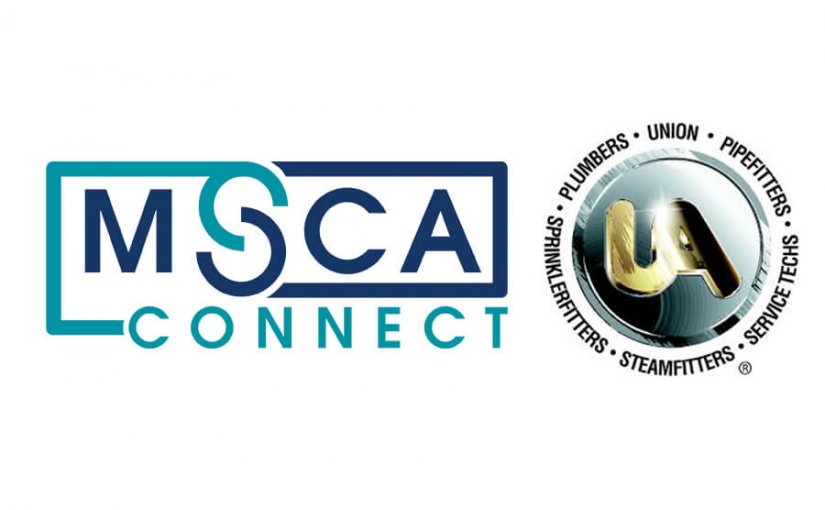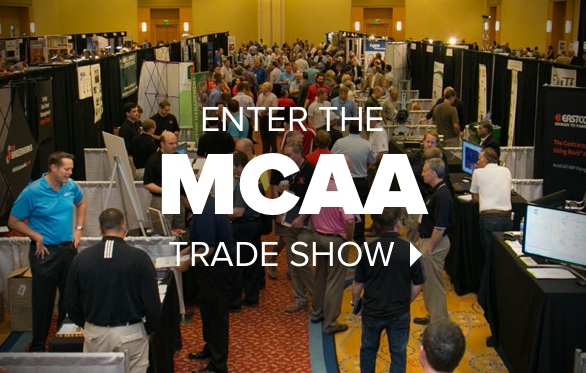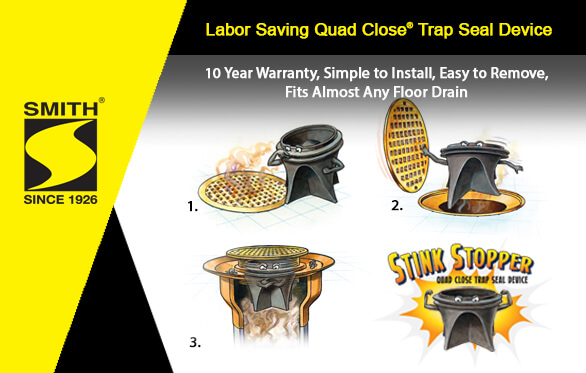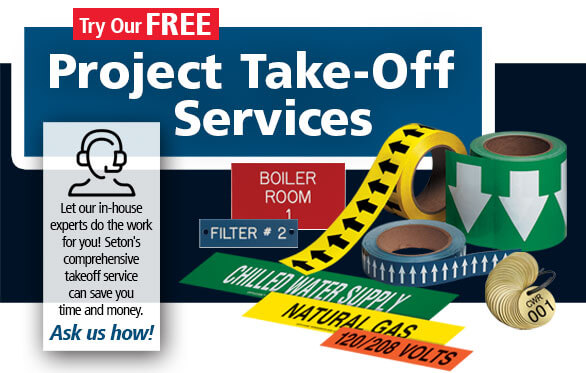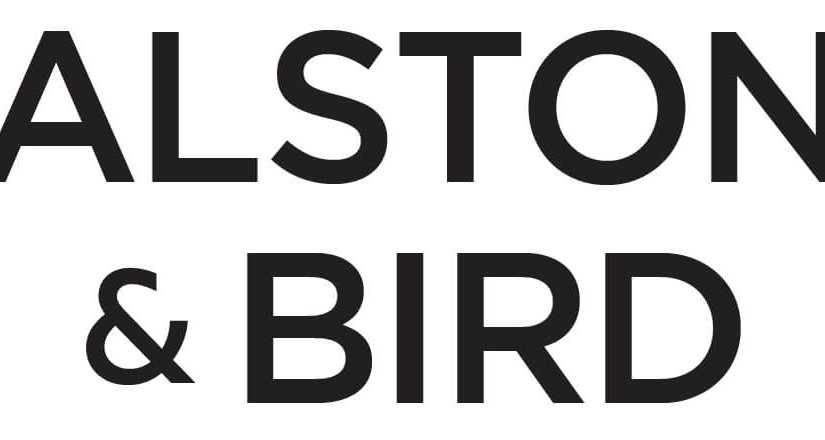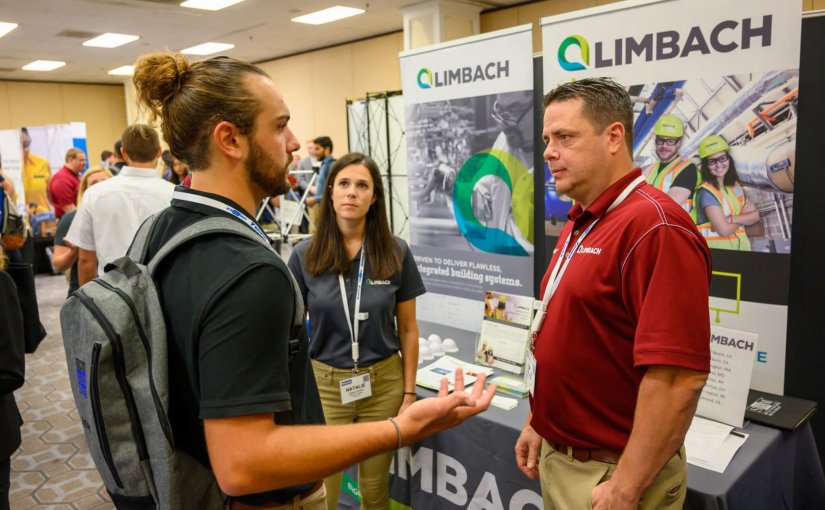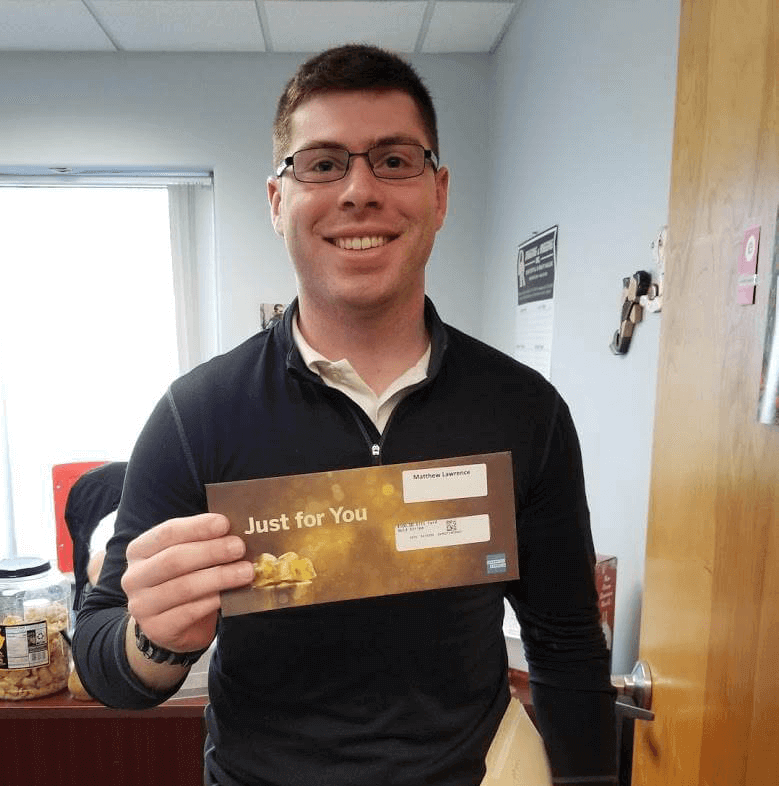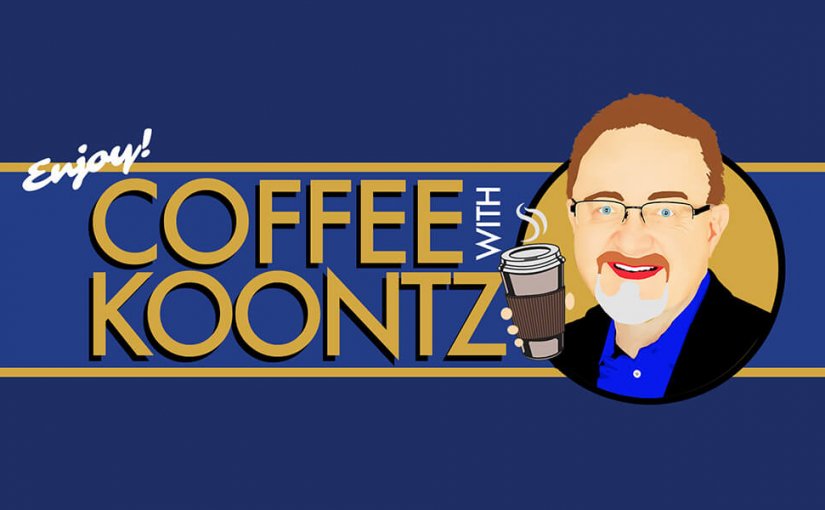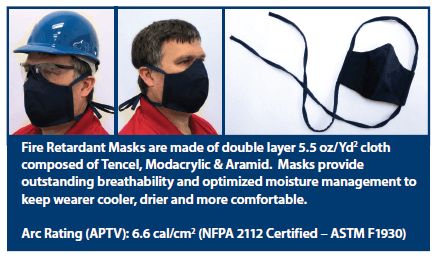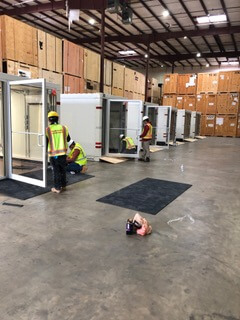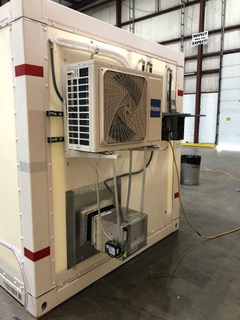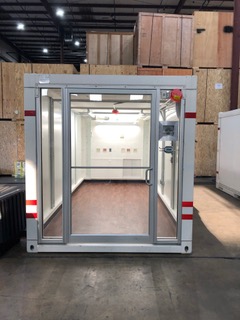This year, $500 MCAA Internship Grants are being offered to students who accept internships or full-time positions thanks to funding from the John R. Gentille Foundation (JRGF). MCAA members can use these grants to help them attract much-needed talent, and interns will appreciate the investment in their success. This small gesture may be the beginning of a great future with your company.
Internship Success
MCAA members are leveraging the internship grants for their interns this summer.
Enginuty LLC presented Matthew Lawrence and Andrew Clancy with MCAA student internship grants at the start of their internships this summer. Matthew is working as a service department sales assistant and Andrew is a project assistant.
Read the full Story HERE.
Bryce Danielson, this year’s Alan O’Shea Memorial Scholarship recipient is continuing his internship for MCA of Omaha member Ray Martin Company. “I have been challenged with many tasks which include estimating and preparing bids, writing purchase orders and subcontracts, and helping with project management duties. They gave me opportunities that no other company would give a first-year intern.”
Read the full Story HERE.
How the Grant Application Process Works
The MCAA member company will first ensure a prospective intern is in good standing at an accredited two- or four-year college, university or technical school. While MCAA encourages its members to give priority to students from the MCAA Student Chapter Program, this is not a requirement to receive a grant.
Each MCAA member company can submit up to two internship grant applications per year. Once an application is reviewed and accepted, MCAA will send a $500 gift card to the member company so it can present the gift card to the student at the start of their internship.
MCAA will follow-up with each company and intern to ensure the process and overall internship was successful.
Start Your Search for Top Talent Today
MCAAGreatFutures.org gives members access to student profiles and resumes. The profiles are searchable by university, desired location, and even a specific skill set, like BIM or AutoCAD. A keyword filter allows users to zero in on students who fit the bill.
Not finding a match? Try reaching out to our 60 MCAA Student Chapters. The chapter advisors are a great resource to help find the right person. And, MCAA members have exclusive access to post job openings on our job board.
Help build our industry’s GreatFuture – apply for a grant!
